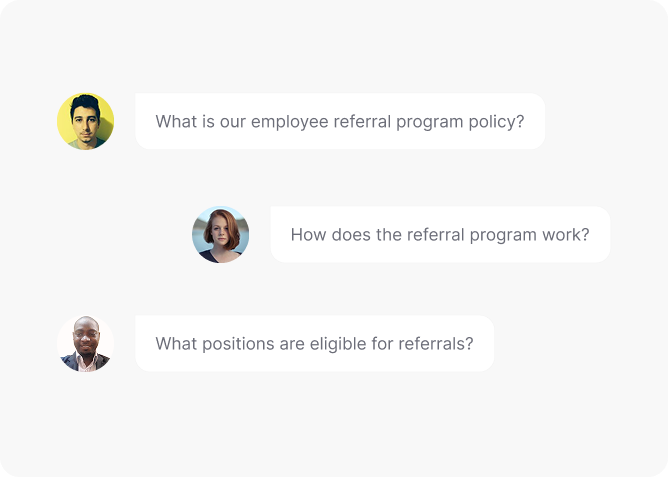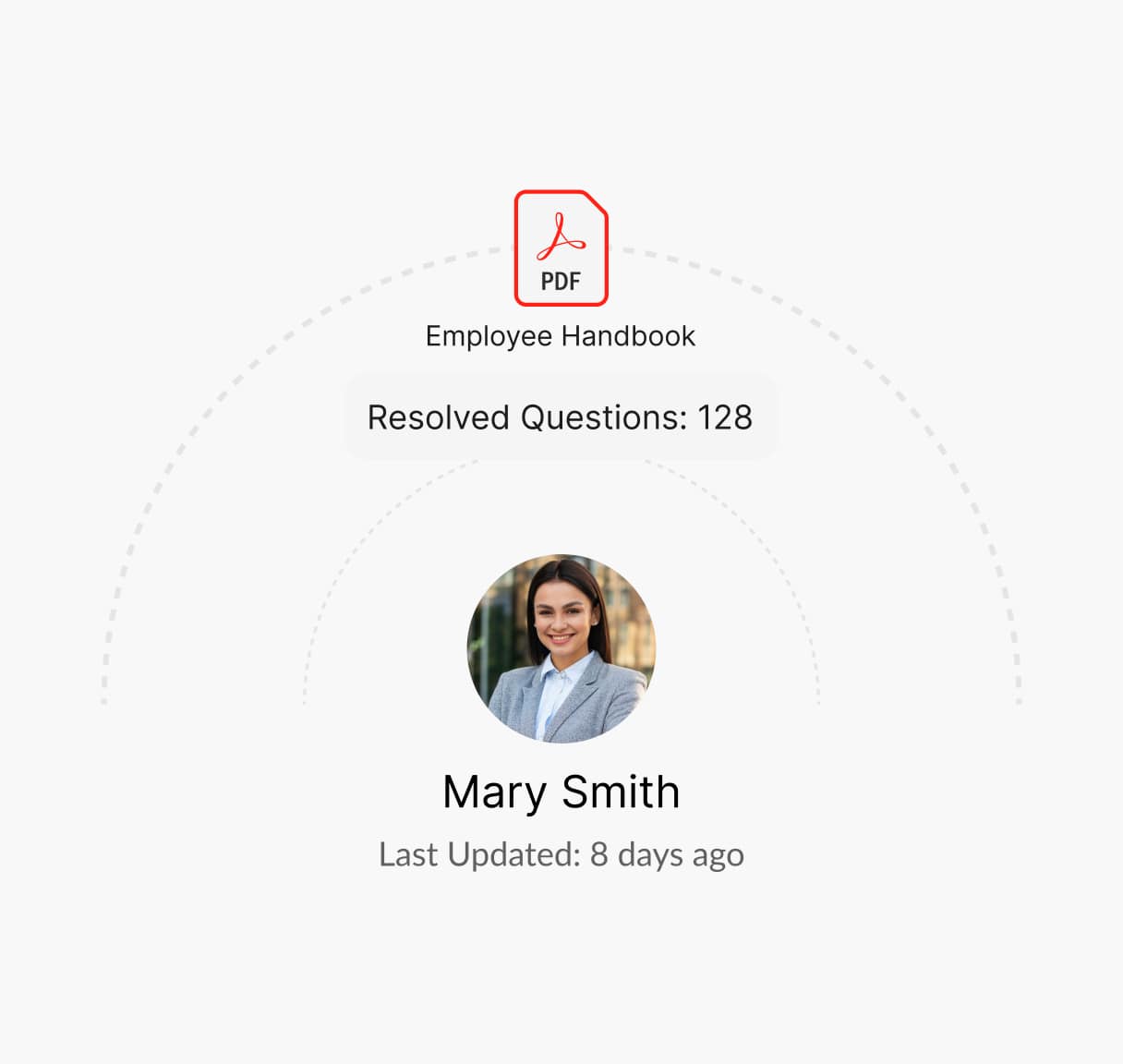Everything You Need to Know About Employee Referral Program Policy
Encouraging employee referrals helps attract top talent. An Employee Referral Program Policy details eligibility, incentives, and hiring procedures, ensuring a structured and rewarding process for recommending new hires.

What is a Employee Referral Program Policy?
An Employee Referral Program Policy is an HR document that outlines how employees can refer candidates for open positions. It includes eligibility requirements, incentives, and the selection process.
A structured referral program policy helps organizations attract high-quality talent and incentivizes employee participation in recruitment.
Guidelines for Creating a Employee Referral Program Policy
An employee referral program policy helps attract top talent while incentivizing current employees. Here’s how to create a structured program:
Define Eligible Referral Positions
List the job roles open for referrals and any restrictions on eligibility.
Establish Clear Reward Structures
Specify monetary or non-monetary incentives for successful hires.
Outline Referral Submission and Tracking
Provide a straightforward process for employees to submit and track referrals.
Ensure Transparency in Selection
Communicate how referred candidates are evaluated and when rewards are disbursed.
Encourage Diversity in Referrals
Promote an inclusive hiring approach to avoid nepotism and favoritism.
Regularly Review and Optimize the Program
Use data on referrals and hires to improve the program’s effectiveness over time.
What is Covered in an Employee Referral Program Policy?
An effective Employee Referral Program Policy should include the following:
Eligible Positions for Referral
Define which job openings qualify for employee referrals.
Referral Incentive and Reward Structure
Outline bonuses, gift cards, or other rewards for successful hires.
Process for Submitting Referrals
Explain how employees can refer candidates and track progress.
Candidate Evaluation and Hiring Timeline
Detail how referred candidates are assessed and expected hiring timelines.
Payout Conditions and Timelines
Clarify when rewards are distributed, e.g., after 90 days of employment.
Referral Program Rules and Restrictions
Include guidelines on referring family members or former employees.
Program Review and Updates
Establish how HR will review and update the referral program to maintain fairness and efficiency.
Need help creating an Employee Referral Program Policy?
How Winslow helps HR pros save time on responding to employee referral program policy questions
Managing referral program inquiries can be time-consuming, but Winslow, your AI-powered HR assistant, simplifies the process:

Instant answers anytime
Winslow ensures your Employee Referral Program Policy is always available on Slack, Teams, or email. Employees can instantly access details on referral incentives, eligibility requirements, and payout timelines—keeping engagement high without adding to HR’s workload.
Personalized Support
Winslow instantly answers employee questions, including those about your Employee Referral Program Policy, ensuring clarity on bonus structures, hiring timelines, and referral limits.


Analytics and Insights
Winslow tracks policy-related queries, helping HR teams identify trends and common concerns. This data enables organizations to refine their policy, improve reporting channels, and address recurring issues proactively.
Save Time on Employee Referral Programs with Winslow
A strong referral program drives quality hires, but employees often have questions about incentives, eligibility, and payout timelines. Winslow provides instant answers, reducing HR’s workload while keeping employees engaged in the hiring process.
Frequently asked questions
Have further questions about Winslow, contact us at sales@usewinslow.com
How should HR design an employee referral program that attracts quality candidates?
HR should offer tiered rewards based on the candidate’s role and tenure (e.g., higher bonuses for senior hires). Clear guidelines on who qualifies for rewards prevent confusion.
How can HR ensure fairness and prevent abuse in referral programs?
HR should define eligibility rules, such as exclusions for hiring managers and HR personnel, and require referred candidates to complete a probation period before issuing rewards.
What strategies should HR use to boost engagement in the referral program?
HR should gamify the program with leaderboards, quarterly incentives, and public recognition to encourage participation beyond financial rewards.
How should HR track and measure the success of the referral program?
HR should analyze referral-to-hire ratios, retention rates of referred employees, and cost savings compared to traditional recruiting methods to optimize the program.
How should HR ensure referred candidates align with company culture and values?
HR should provide employees with guidelines on desired skills and cultural fit, incorporating an initial screening step before progressing referred candidates in the hiring process.
Additional resources
Device Usage Policy
Managing employee leave effectively is vital for maintaining workforce productivity and compliance....
Learn moreconfidentiality policy
Protecting sensitive information is crucial. A clear Confidentiality Policy outlines guidelines for...
Learn moreclaim reimbursement
Ensuring fair compensation for expenses is key. A clear Claim Reimbursement Policy...
Learn more




